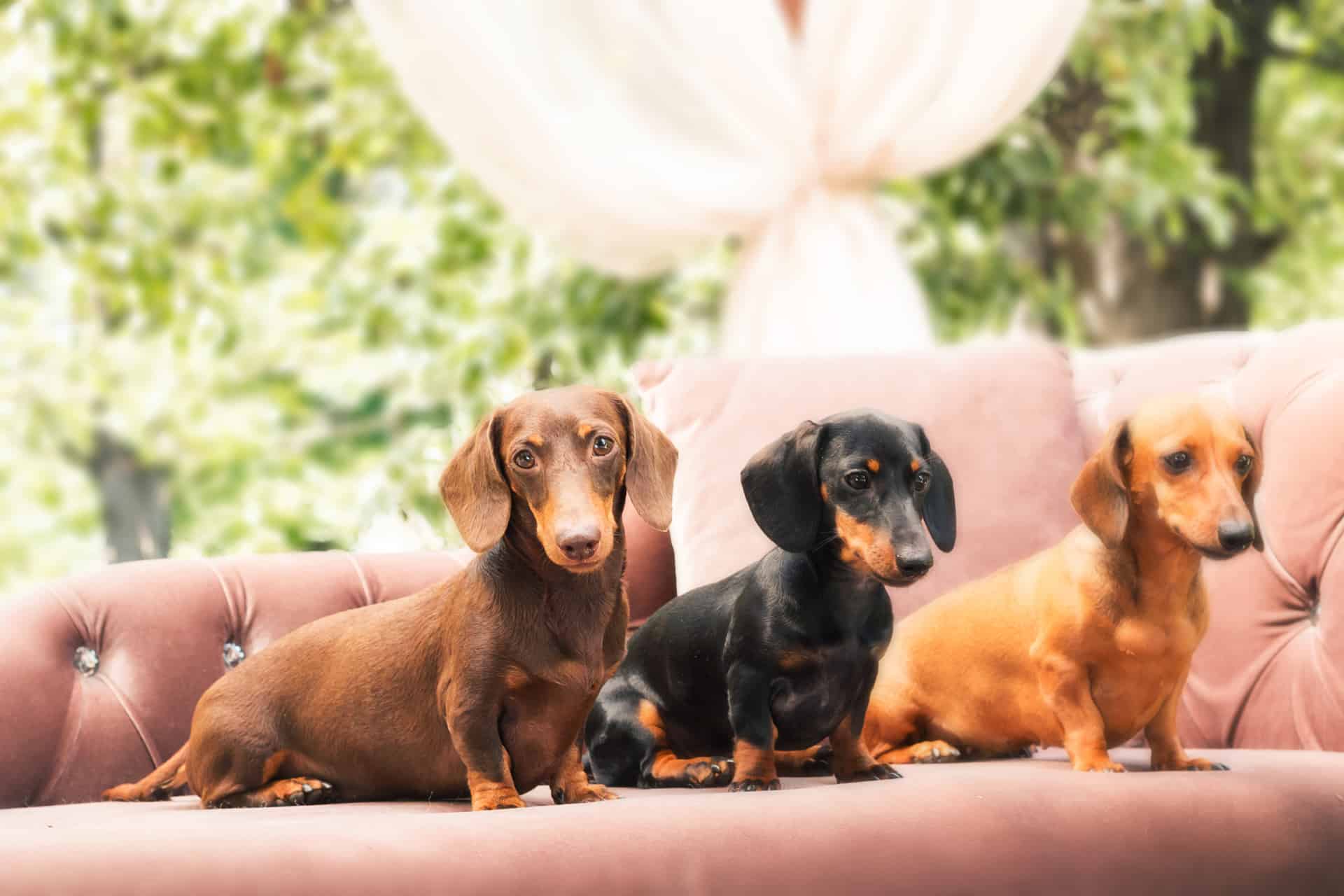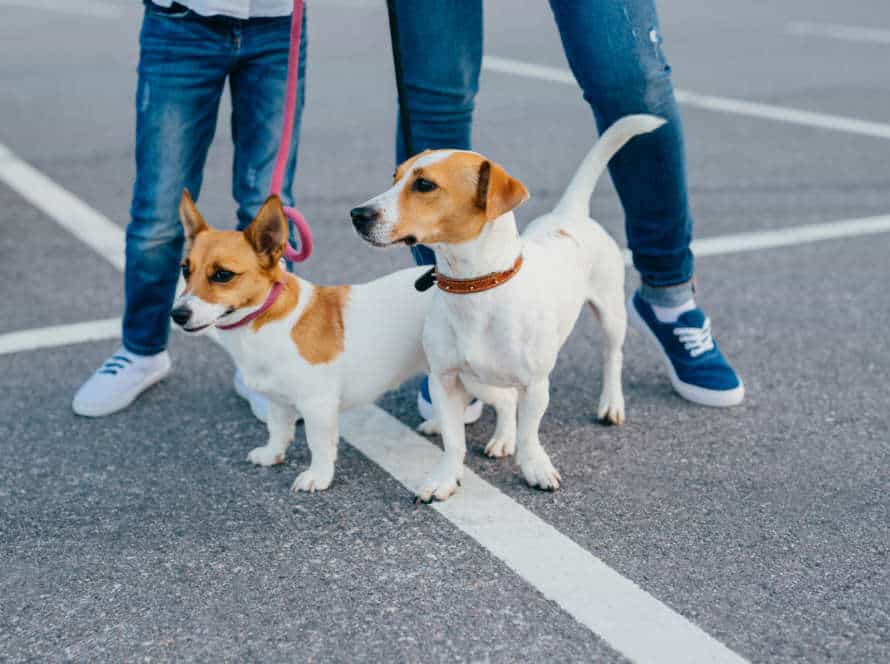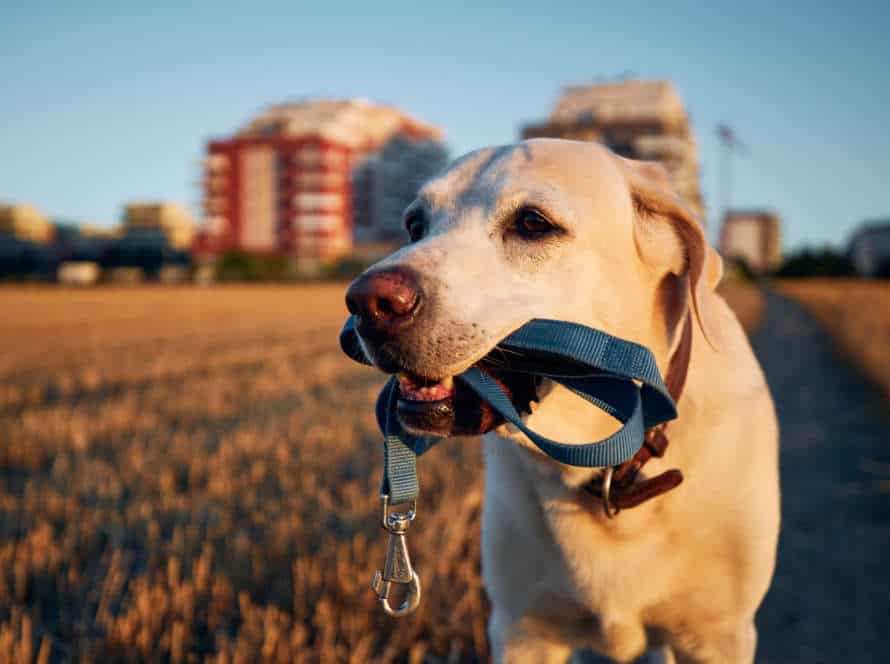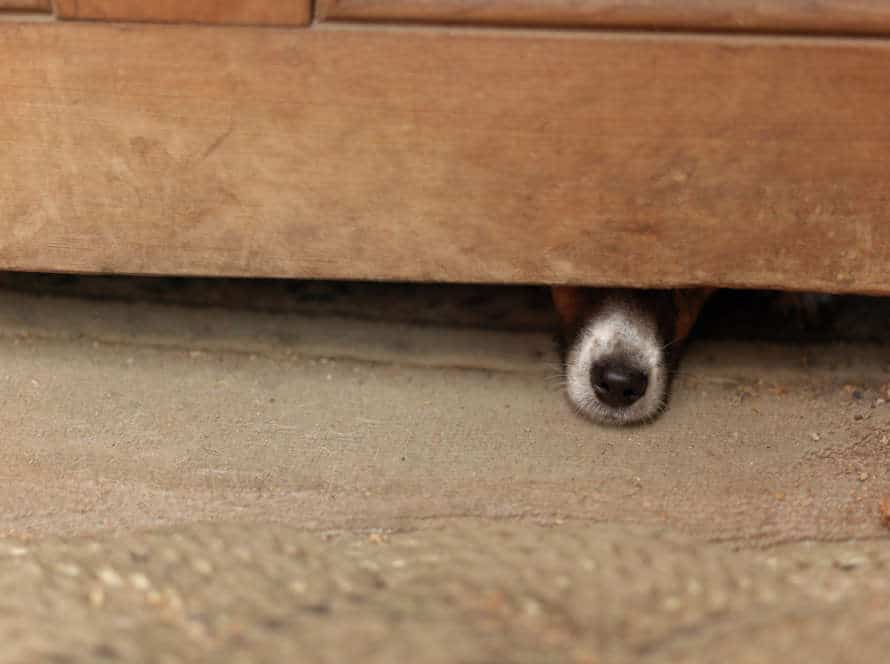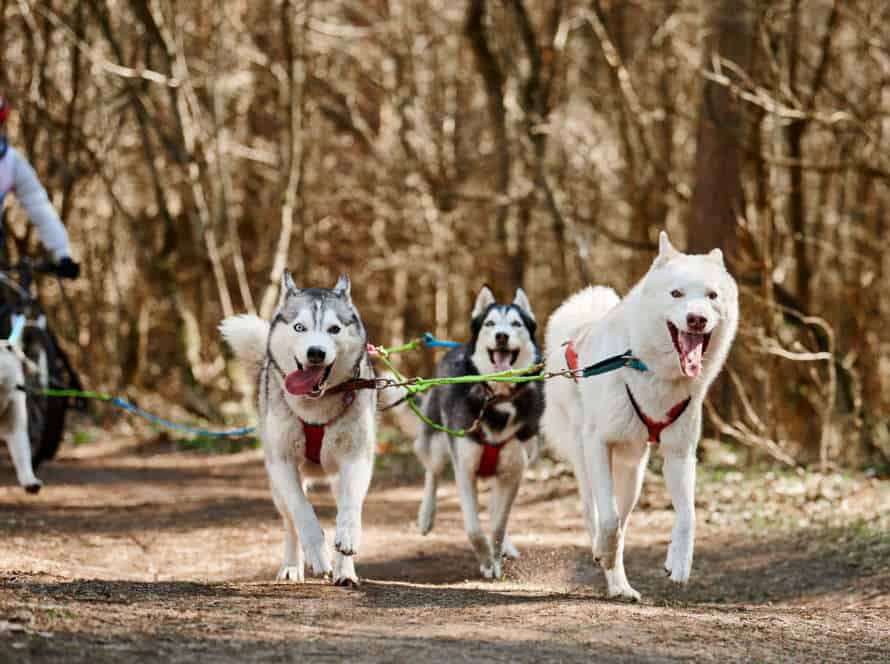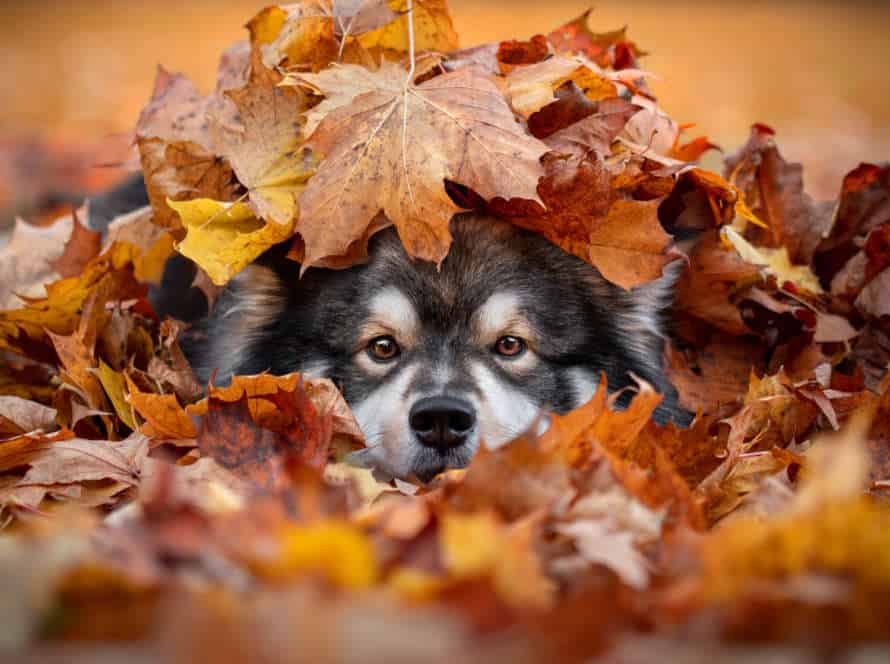Teaching Your Dog Polite Greetings: A Step-by-Step Guide
Greetings that are polite are a skill dogs must learn! This stops them jumping, getting overly excited, and acting in undesirable ways. Here’s how to teach your pup politeness:
- Start with simple commands – like “sit” and “stay“.
- Produce reward treats and compliments for good behavior.
- Have your dog greet familiar people first.
- When training, correct bad behavior and praise the good.
- Gradually make greetings tougher – by introducing strangers or trying new places.
- Always give rewards for polite greetings – to make sure your dog remembers them.
Patience and consistency are key for teaching your dog politeness – making it a more enjoyable experience for everyone. Pro Tip: Use positive reinforcement, not punishment.
Understanding Your Dog’s Behavior
Comprehending your pup’s conduct is key for teaching them polite salutations. Spotting when they’re pumped, apprehensive, or petrified is vital. This will aid you to regulate the state of affairs. When you get your dog’s behavior, you can commence teaching them well-mannered greetings.
Reasons Why Dogs Jump on People
Dogs may jump on people for different reasons. Knowing why your dog is jumping can help you teach polite greetings. Here are some reasons:
- Greetings: Dogs jump to say hello to their owners or guests. They’re naturally social and may get excited.
- Attention Seeking: Dogs jump to get their owners’ attention if they feel neglected.
- Playful Behavior: They may jump to initiate playtime.
- Anxiety: They may jump due to feeling threatened or scared.
To train polite greetings, use positive reinforcement. Reward good behavior and don’t punish or yell. Patience and consistency are key!
The Importance of Training Your Dog to Greet Politely
Training your dog to greet politely is essential. Doing so can make social experiences more enjoyable for both you and others. Here are some reasons why it’s so important:
- Safety: An untrained pup can be a safety risk, especially to small children or those who are uncomfortable around dogs. Training them to greet politely prevents jumping, nipping or aggressive behavior.
- Etiquette: A badly behaved dog can be a nuisance around others. Teaching them to say hello politely shows respect for other people’s space and makes interactions more pleasant.
- Bonding: Training your dog builds a bond of trust and respect between you and your pet. Plus, it also provides mental stimulation, resulting in a happier and more fulfilling life.
Here’s a step-by-step guide for teaching polite greetings:
- Start off by training basic obedience commands like “sit” and “stay”.
- When people arrive, encourage calm behavior.
- Use positive reinforcement techniques like praise and rewards.
- Practice often with different people in different places.
- To be successful, consistency is key.
Pro Tip: Focus on rewarding good behavior and be patient with your pup throughout the process.
Identifying Your Dog’s Triggers for Jumping
Jumping is a natural instinct for dogs. Modifying this behavior can be challenging. Identifying your dog’s triggers for jumping is the key step. Here are some common triggers:
- Excitement: A new person or dog may cause overexcitement.
- Attention-seeking: Dogs may jump to get attention if they were reinforced for this behavior in the past.
- Anxiety or fear: Dogs may jump when feeling anxious or afraid, such as during thunderstorms or fireworks.
Once you’ve identified your dog’s triggers, get help from a professional trainer to make a plan. With consistency and positive reinforcement, you can teach your dog polite greetings and reduce jumping.
Setting up Basic Training
Educate your pooch in polite greetings! It’s key to gaining a strong bond. Patience and consistency are musts for basic training. Set up rules and boundaries so your dog knows how to behave when meeting new people. Follow these steps to begin!
- Start with the basics: Teach your dog to sit and stay.
- Train your dog to come when called. Use a word, like “come” or “here”, and give treats or rewards when your dog responds.
- Introduce your dog to new people slowly and calmly. Avoid overwhelming them with too many people at once.
- Teach your dog to approach people calmly and not jump on them. Reward them with treats or praise when they greet people politely.
- If your dog gets excited and jumps on people when meeting them, turn around and ignore them. This will teach your dog that jumping leads to no attention.
- Be patient and consistent with training. It may take time, but your pooch will learn!
Training Tools You Will Need
Before training your pup, it’s important to have the correct tools. Here are some must-haves:
- Leash and collar: To control your dog and focus their attention. Pick one that fits their size and breed.
- Treats and toys: Positive reinforcement is key. Use rewards for good behavior and distractions for bad.
- Clicker: A small device that makes a distinct clicking sound to indicate when your pup does something correctly.
- Training pad: For house training and teaching new commands.
To teach polite greetings:
- Teach ‘sit’ and ‘stay’.
- Reward polite behavior like sitting, not jumping up.
- Reinforce polite behaviors during all greetings.
Pro tip: Training takes patience and perseverance. Keep sessions short and consistent. Remain calm and consistent in expectations.
Setting up a Consistent Training Environment
For successful training of your pup’s polite greetings, establishing a regular training atmosphere is key. Follow these simple instructions to get started:
- Select a peaceful, familiar spot for the training.
- Employ a leash to stop the pup from jumping up and manage their movements.
- Educate your pup to obey the command to sit using rewards such as treats and praise.
- Reward your pup for keeping still in a sitting position when you come close, and for not leaping up.
- Repeat the training in varied places to strengthen the training and help your pup generalize the behavior.
Don’t forget to be tolerant and regularly reward good behavior to solidify polite greetings in your pup’s conduct.
Basic Commands and Positivity Training
Teaching your pup proper greetings is vital in basic training. Here is a guide to help with setting up commands and positivity training:
- Use positive reinforcement by giving treats, compliments and affection when they greet you politely.
- Command them with words like “say hello” or “greet nicely” to help teach the behavior.
- Demonstrate what you want by pushing away if they jump or nip and reward them when they respond.
- Practice daily and give treats or praise for good behavior.
- Lessen treats and use verbal praise once the polite greeting is learned.
Be patient and consistent and reward good behavior to make polite greetings a habit.
Teaching Your Dog to Sit and Stay
Mastering the basics of teaching your pooch polite greetings is key. Start with teaching it to sit and stay. Once these basics are learned, your pup will understand that sitting and staying are polite when greeting people and other animals. Let’s dive into the guide on how to teach your dog to sit and stay.
- Step-by-step guide on how to teach your dog to sit and stay:
- Step 1: Hold out a treat just above your dog’s nose.
- Step 2: Move your hand up and back towards your dog’s ears, keeping the treat close to its nose.
- Step 3: As your dog’s head follows the treat, its bottom will naturally lower toward the ground. When this happens, say “sit” and give your dog the treat.
- Step 4: Practice this several times per day until your dog starts sitting on command.
- Step 5: Once your dog has mastered sitting, add the “stay” command. Say “stay” and take a step back. If your dog stays in place, reward it with a treat. Gradually increase the distance and duration of the “stay” command.
Step-by-Step Guide to Teaching “Sit”
Teaching your pup to sit and stay? It’s important and easy! Here’s how:
- Hold a treat near pup’s nose.
- Move your hand up so pup follows with their nose.
- Tilting head back, their butt will naturally sink down.
- Reward pup with the treat and praise when they sit.
- Repeat process often, while saying ‘sit’ too.
- Practice in different places, like inside and outside.
- Once pup masters ‘sit’, progress to ‘stay’ and polite greetings.
Patience and rewards help train pup well. With consistency, you’ll see results!
Step-by-Step Guide to Teaching “Stay”
Learning to have your pup stay is great for managing their actions in different circumstances. Here’s a guide that’ll help you teach ’em:
- Start with the “sit” command.
- Give them a visual signal – like a flat hand – for “stay”.
- Say “stay” and take one step back. Return right away when they move.
- Step back increasingly more.
- Put in longer breaks between steps and use verbal praise.
- Keep changing the length and situation of your “stay” sessions.
- Step away from your pup and use toys or food as distractions.
Pro tip: Patience, consistency, and always reward good behavior will help your pup learn faster. Keep practice sessions short, fun, and steady.
Practice and Consistency Tips
Teaching your pup to sit & stay or to greet politely may seem tricky – but with the right practice and constancy, you can train your pup in no time! Here are a few tips to help:
- Practice in short sessions: Dogs have a short attention span, so best to keep it to 5-10 minutes several times a day.
- Consistency is key: Use the same commands and rewards each time. This will help them learn faster.
- Positive reinforcement: Reward good behavior with praise, treats, or a toy.
- Work up to distractions: Once they’ve mastered the behavior in a calm setting, gradually add distractions like people or other pups.
- Patience is essential: Teaching a new behavior takes time and patience, so don’t give up.
Pro Tip: It’s always better to start training basic obedience commands when they are still a pup – they are more open to learning new tricks then.
Reinforcing Polite Greetings
Teaching your pup polite greetings is essential. It helps them understand proper socialization and politeness when encountering other dogs and people. To guarantee your dog will not jump on strangers or be overly excited when meeting new individuals and animals, reinforce polite greetings.
Here is a step-by-step guide on how to do it:
- Start indoors with a family member, and have them approach the dog calmly and quietly.
- If the dog jumps up, the family member must immediately back away without touching, petting or speaking to the dog. This cancellation of attention will teach your dog that jumping up causes the attention to go away.
- Repeat this until the dog remains seated whenever this person approaches.
- You can then have the family member add touching and petting as rewards for the dog’s good behaviour.
- As the dog understands, have them repeat the same process during walks and when encountering other people and dogs.
Desensitization and Counter-Conditioning
Desensitization and counter-conditioning are useful for teaching your dog to say hello properly.
Desensitization is getting your pup used to the stimulus, like a person coming close, in a safe way until they don’t feel scared.
Counter-conditioning is changing their reaction to the stimulus by giving them something nice like treats or compliments.
Here’s the plan:
- Start your session in a relaxed and secure atmosphere.
- Slowly get your pup used to the person from a distance.
- Reward them with treats or compliments when they greet politely.
- Go closer to the person and repeat.
- Train them consistently and your dog will soon be saying hi politely.
Setting up Training Scenarios
Teaching your pup polite greetings is a must for good doggy manners. To achieve this, train scenarios must be set up to encourage the desired conduct. Here is an easy guide to teach polite greetings:
- Start by teaching your pooch to sit when told. Use treats and compliments as positive reinforcement.
- Move around different places with your pup, while they practice the ‘sit’ command. This could be outside, inside, at the park, or during a walk.
- Introduce a family member or friend to help with the training. Ask your friend to come towards you and your dog calmly. Give your pup a treat if they stay seated and don’t jump up.
- Progressively increase the excitement by having your friend approach faster or play more.
- Continue practicing polite greetings to strengthen the good behaviour.
Pro Tip: Always use positive reinforcement and avoid punishment to keep your pup motivated and progressing!
Generalizing the Polite Greeting Behavior
Generalizing polite greeting behavior for your pup is super important. Teach them a certain behavior and reinforce it in different contexts. Start by teaching your dog a polite greeting, like sitting or standing calmly. Practice this in various places, like indoors and out, with different people and pets. Reward your pup with treats and praise when they act politely. Slowly reduce the rewards over time as they get better at this. Pro Tip: Ask your friends and family to approach your pup slowly and quietly to boost their politeness.
Troubleshooting Problems with Polite Greetings
Tutoring your puppy in polite greetings is significant for a controlled pup. Sadly, even with a direct guide, problems could arise. These could be environmental diversions, difficulty in rewarding the pup, or not comprehending the requests. Here we’ll investigate the possibilities and answers that you may experience while teaching your pooch polite greetings.
What to Do If Your Dog Continues to Jump
Jumping is a problem for dogs. It can be solved with proper training and reinforcement. Here’s some advice if the jumping continues:
- Reward good behavior- Give your dog a reward for greeting you or others without jumping.
- Ignore bad behavior- Turn away and don’t look at your dog when they jump. Attention only when they stop.
- Teach other behaviors- Teach your dog to “sit” or “stay” instead of jumping to greet.
- Exercise- Make sure your pup gets enough exercise and mental stimulation to stay calm.
- Address underlying issues- If anxiety or fear cause jumping, seek help from a trainer or behaviorist.
Consistency is key. By following these steps and being patient and consistent, your pup can learn to greet politely without jumping.
What to Do if Your Dog Regresses in Polite Greeting Behaviors
Regression in polite greeting behavior is an issue for many dog owners. Here are a few ways to tackle it:
- Identify why your dog is regressing. It could be due to fear, stress, or anxiety.
- Change your dog’s environment. Create a peaceful atmosphere for them before they meet strangers.
- Practice leash training. Ensure your pup doesn’t jump or pull when it meets people.
- Encourage good behavior. Give treats or compliments when your dog greets people politely (e.g. sitting or staying).
- If these tips don’t help, consult a pro. Certified dog trainers and behaviorists can help you out.
Common Mistakes in Polite Greeting Training and How to Avoid Them
When teaching your pup polite greetings, there are mistakes to avoid. Here they are, plus how to stop them:
- Don’t let excited behavior go on. When your dog greets you or others, wait ’till they’re calm then reward them.
- Don’t reward jumping. Instead, teach them to sit and wait for attention.
- Be consistent. Use the same cues, rewards and consequences. Repeat it ’til it’s routine.
- Don’t stick to the same setting. Practice in different environments to reinforce the behavior.
- Don’t use corrections instead of rewards. Positive reinforcement is the best way to train.
Avoid these errors to get your pup to greet politely and peacefully.
Frequently Asked Questions
Q: Why is it important to teach my dog polite greetings?
A: Polite greetings ensure that your dog does not jump on people, knock them over, or display other unwanted behaviors when meeting new people. It also helps your dog create positive relationships with strangers.
Q: How can I teach my dog polite greetings?
A: Begin by training your dog the sit and stay command. Encourage your dog to sit and wait for permission to greet people. Reward your dog with treats when he follows through with these commands in social settings.
Q: Is it possible to teach an older dog polite greetings?
A: Yes, it is. It may just take a little more time and patience, but older dogs can learn new behaviors with consistent training.
Q: How long does it take to train a dog in polite greetings?
A: The timeframe varies based on the dog’s age, temperament, and owner’s dedication to training. Some dogs may pick up the new behaviors quicker than others, but with continued practice and consistency, most dogs can learn polite greetings within a few weeks to a few months.
Q: Can I train my dog’s behavior to be friendly towards other dogs too?
A: Yes, you can. Socializing your dog with other dogs can help promote healthy behaviors and reduce the likelihood of aggression. Socializing can be done by introducing the dog to other dogs in controlled environments with the use of positive reinforcement techniques.

